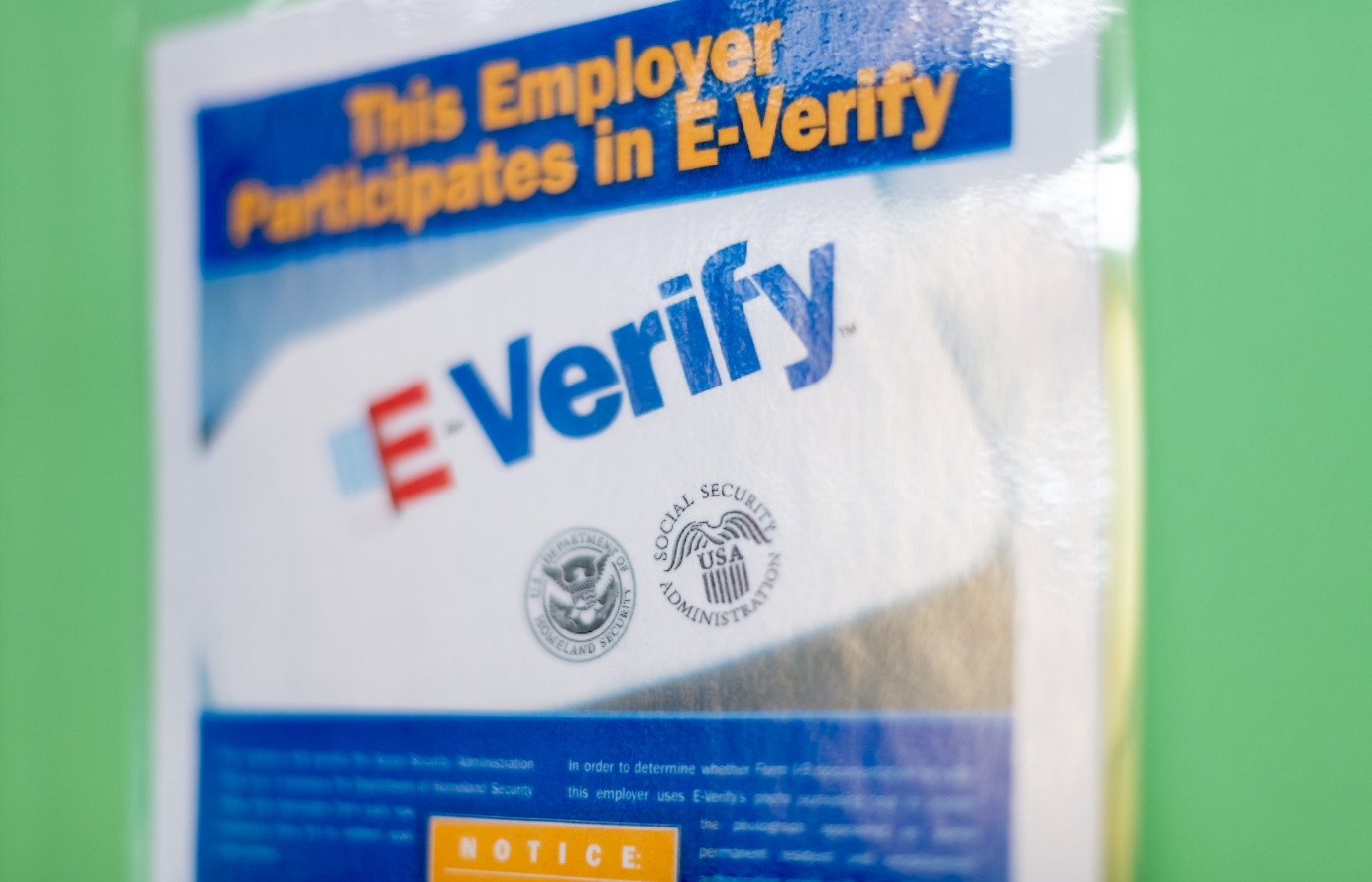Only 44 Percent of Employment‐Based Green Cards Are for Workers — That Should Change Now
The United States’ immigration system favors family reunification, even in the so‐called employment‐based categories. The family members of immigrant workers must use employment‐based green cards despite the text of the actual statute and other evidence that strongly suggests that this was not Congress’ intent. Instead of a separate green card category for spouses and children, they get a green card that would otherwise go to a skilled worker.
In 2018, 56 percent of all supposed employment‐based green cards went to the family members of workers (Figure 1). The other 44 percent went to the workers themselves. Surprisingly, this is a better ratio than last year, when only 41 percent of the beneficiaries were workers. It’s undoubtedly true that some of those family members who receive employment‐based green cards are workers and many of them are highly skilled, but they should have a separate green card category or be exempted from the employment green card cap altogether.
If family members were exempted from the quota or there was a separate green card category for them, an additional 77,370 highly skilled immigrant workers could have earned a green card in 2018 without increasing the numerical cap. As I wrote about, President Trump could order this immediately, as there is no law mandating that the family‐members of principle employment‐based green card recipients should be counted against the cap.
About 80 percent of those who received an employment‐based green card in 2018 were already legally living in the United States (Figure 2). They were able to adjust their immigration status from another type of visa, like an H‑1B or F visa, to an employment‐based green card. Exempting some or all of the adjustments of status from the green card cap would more than double the number of highly skilled workers who could enter from abroad. More pressingly, this would also empty the wait‐line imposed by the per‐country caps that especially affect Indian workers on the H‑1B. Exempting adjustments of status, rather than tinkering with the cap, is best for two reasons. First, the system would be more open and flexible. Second, it would avoid the debate over which arbitrary number should be the employment‐based green card cap.
Here are some other exemption options for increasing the number of employment‐based green cards issued annually without raising the overall cap of 140,000:
- Workers could be exempted from the cap if they have a higher level of education, like a graduate degree or a PhD.
- A certain number of workers who adjust their status could be exempted in the way the H‑1B visa exempts 20,000 graduates of American universities from the cap.
- Workers could be exempted if they show five or more years of legal employment in the United States prior to obtaining their green card.
- Workers could be exempted based on the occupation they intend to enter. This is a problem because it involves the government choosing which occupations are deserving, but so long as it leads to a general increase in the potential numbers of skilled immigrant workers without decreasing them elsewhere, the benefits will outweigh the costs.
- Workers could be exempted from the cap if they have waited for 5 years and are otherwise eligible.








